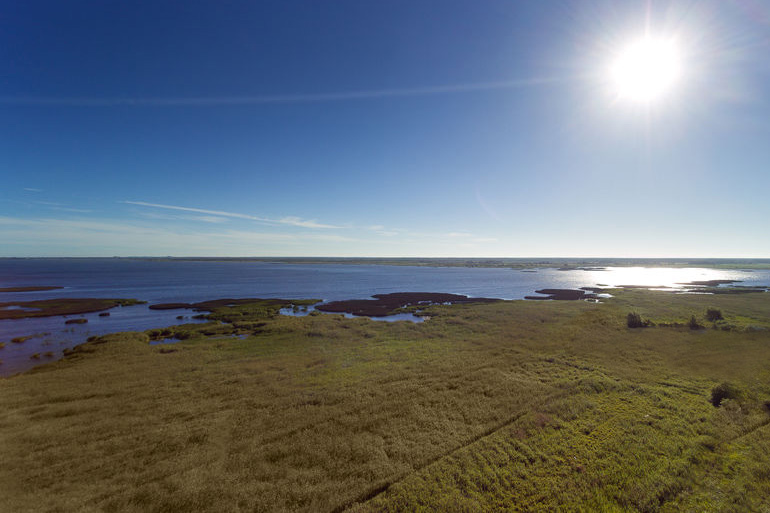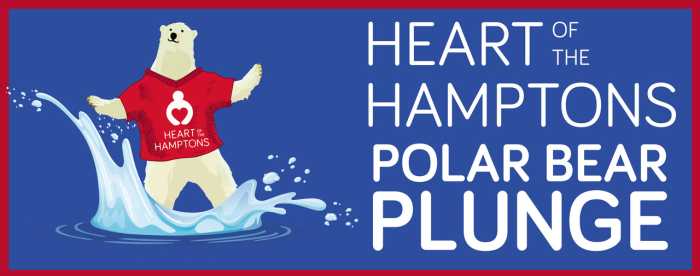Lieb at Law: Rules for Building on Tidal Wetlands

You have your property, and now you’re thinking about what more you can build. If you’re near tidal wetlands, there is much to consider.
Docks (floating and solid fill), bulkheads, boardwalks / catwalks, dredging and even plantings cannot generally be installed within tidal wetlands absent extraordinary efforts by the property owner in obtaining governmental permits.
Such extraordinary efforts are necessary because tidal wetlands are regulated by three independent levels of government, including the federal government by way of the United States Clean Water Act, the New York State government by way of the Environmental Conservation Law, and finally by local towns and villages through their local codes.
Before construction commences, each of these levels of government must approve the work.
The applicant’s efforts are magnified because the definition of a tidal wetland is different at each level of government. First, in plain English, the New York Department of Environmental Conservation defines tidal wetlands as “the salt marsh which is found in the near shore areas all around Long Island.”
Now, to the official definitions: Federally, tidal wetlands are defined by accompanying regulations to the Clean Water Act, at 33 CFR 328.3, as follows:
Tidal – “[T]hose waters that rise and fall in a predictable and measurable rhythm or cycle due to the gravitational pulls of the moon and sun. Tidal waters end where the rise and fall of the water surface can no longer be practically measured in a predictable rhythm due to masking by hydrologic, wind, or other effects.”
Wetlands – “[T]hose areas that are inundated or saturated by surface or groundwater at a frequency and duration sufficient to support, and that under normal circumstances do support, a prevalence of vegetation typically adapted for life in saturated soil conditions. Wetlands generally include swamps, marshes, bogs, and similar areas.”
On the state level, New York’s Environmental Conservation Law’s §25-0103 defines tidal wetlands as follows:
(a) those areas which border on or lie beneath tidal waters, such as, but not limited to, banks, bogs, salt marsh, swamps, meadows, flats or other low lands subject to tidal action, including those areas now or formerly connected to tidal waters;
(b) all banks, bogs, meadows, flats and tidal marsh subject to such tides, and upon which grow or may grow some or any of the following: salt hay (Spartina patens and Distichlis spicata), black grass (Juncus Gerardi), saltworts (Salicornia ssp.), sea lavender (Limonium carolinianum, tall cordgrass (Spartina pectinata and Spartina cynosuroides), hightide bush (Iva frutescens), cattails (Typha angustifolia and Typha latifolia), groundsel (Baccharis halmilifolia), marsh mallow (Hybiscus palustris) and the intertidal zone including low marsh cordgrass (Spartina alterniflora).
Finally, towns and villages have their own definition. To illustrate, the Town of Southampton defines tidal wetlands, at Code §330-5, as follows:
All those areas within the Town of Southampton customarily inundated regularly or intermittently by normal tidal cycles and/or peak lunar tides, including salt marshes which shall be presumed to be those areas upon which some, but not necessarily all, of the following grow or are capable of growing: salt hay (Spartina patens), spike-grass (Distichlis spicata), black grass (Juncus gerardi), cordgrass (Spartina alterniflora), saltworts (Salicornia species), sea lavender (Limonium carolinanus), salt-marsh bulrushes (Scripus species), sand spurrey (Spergularia marina), high tide bush (Baccharis halimifolia,) marsh-elder (Iva frutescens), cattails (Typha species), and spike rush (Eleocharis rostellata).
Tidal wetlands are protected because they offer a unique habitat for animals while offering a vital aspect of the food chain and hence, they represent an ecosystem. In other words, tidal wetlands exist on some of the most desirable real estate throughout the East End.
If your property contains tidal wetlands and you want to engage in any construction activities, there are precise applications that you must make prior to commencing any such activities. There are specific applications for tidal wetlands because “only very limited types of land use and development are compatible with the values of these areas” according to state regulations, and the proposed land use must be vetted for compatibility issues.
As such, land use is only allowed, pursuant to 6 NYCRR 661, if it is “compatible with the preservation, protection and enhancement of the present and potential values of tidal wetlands (including but not limited to their value for marine food production, wildlife habitat, flood and hurricane and storm control, recreation, cleansing ecosystems, absorption of silt and organic material, education and research, and open space and aesthetic appreciation), that will protect the public health and welfare, and that will be consistent with the reasonable economic and social development of the State.”
To ascertain whether your real property contains tidal wetlands, utilize this New York State website.
If your property contains a tidal wetland, the next issue is whether your proposed activity is impermissible, permissible with a permit, or only permissible with a variance. These determinations can be overwhelming to a property owner. However, there are resources at the public’s disposal.
Federally, the New York District of the Army Corps of Engineers, whose “primary civilian mission is to develop, manage and protect the country’s water resources,” can be reached at 917-790‐8511.
In New York State, the Department of Environmental Conservation provides guidance, by way of this region’s director, Roger Evans, at 631-444-0365.
Finally, on the local level, the Zoning Board of Appeals (or similar entity of a town / village) has the final say on code interpretation and will field proper applications for guidance.
The provision of these resources are not to say that you should forgo legal representation, but instead, to demonstrate that a proper application is received openly and that the government wants to help. In that vein, the Army Corps of Engineers has a joint application form with the New York Department of Environmental Conservation to simplify the process.
However, be patient with the applications because, according to the Army Corps of Engineers, “[a] minimum of three months is normally required to process a routine application involving a public notice.”
In all, construction on tidal wetlands is often disallowed, there are three permits required, the applicant needs competent representation and most importantly, a lot of patience.
Andrew M. Lieb, Esq., MPH, is the managing attorney of Lieb at Law P.C. and a contributing writer for Behind the Hedges.









